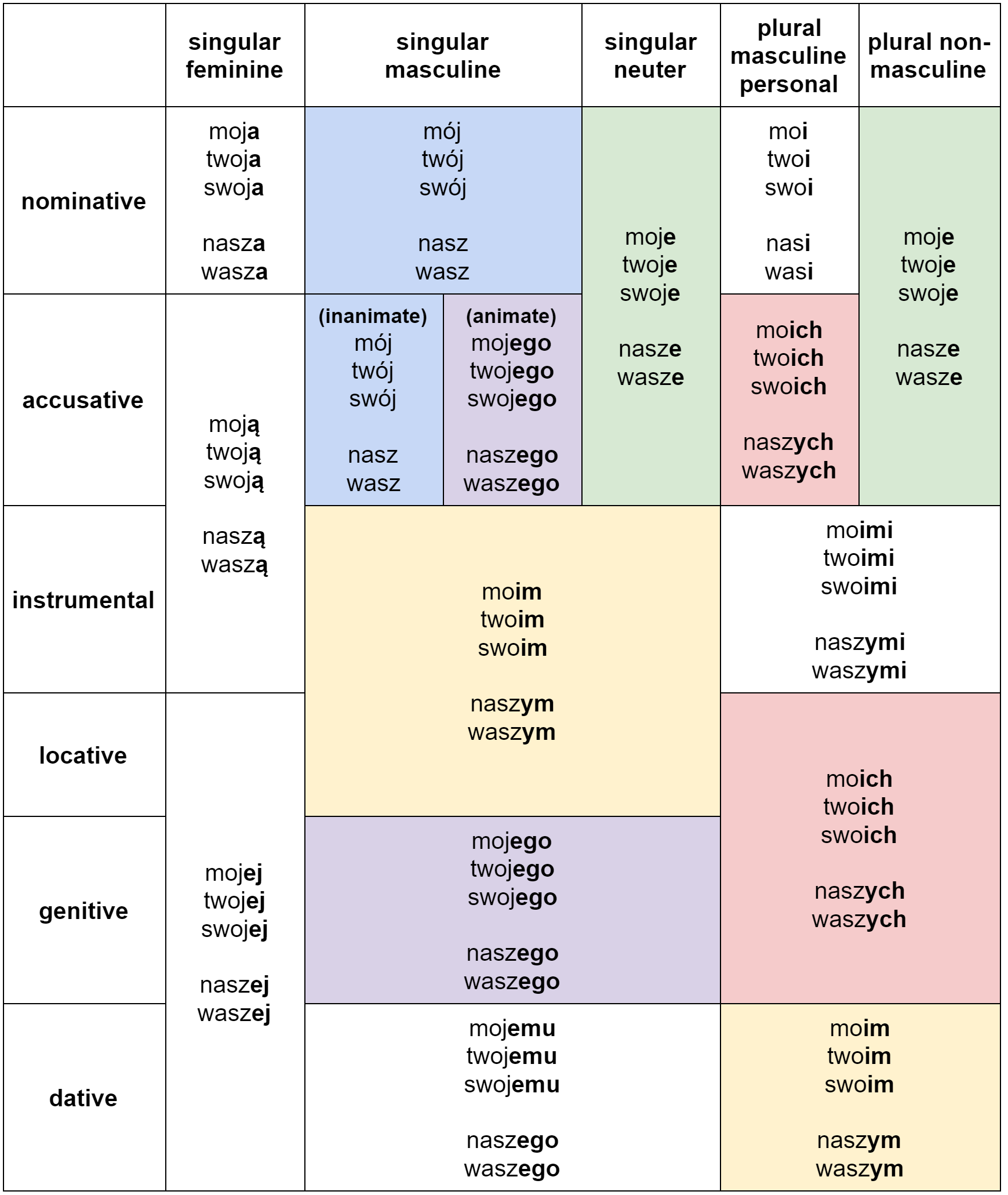
In English, these kinds of pronouns would be words like “someone” or “something”. You use indefinite pronouns in German when you can’t refer to any specific person or thing. This pronouns is not to be confused with an indefinite object pronoun. Note that unlike in English, the relative pronoun cannot be omitted in German. The relative pronouns who, that, which are identical to the demonstrative pronouns der, die, das. So, the personal pronouns coincide with the following cases: German uses cases to show what function a word fulfills in a sentence.

But, instead of calling it subject, direct object, and indirect object, we identify them by cases. Now, these three kinds of personal pronouns exist in German too. The act of giving was only directly tied to the object of the apple. “I” is the subject pronoun, “gave” is the verb, “her” is the indirect object pronoun, and “an apple” is the direct object pronouns. Whereas if the verb doesn’t directly affect the object, it’s indirect. If the action (the verb) directly affects the object, it’s a direct object, and you need a direct object pronoun to replace it. So, what’s the difference between direct objects and indirect objects? You have to take a look at the action. “It” is the direct object pronoun because the action of the sentence directly affected it. “She” is the subject pronoun in this sentence. You use subject when the person who’s name you’re replacing is completing the action. Sounds familiar, doesn’t it?Īctually there are three different kinds of personal pronouns, both in English and German: subject, direct object, and indirect object pronouns. In English, personal subject pronouns are “I”, “you”, “he”, “she”, “it”, “we”, “you”, and “they”. These are the words you use to replace the name of a person. = Ich habe meinen Teil getan.You use personal pronouns every day. But »diese Jacke ist die meine« is also possible and correct too.) (Also correct and even more often used: »diese Jacke ist meine«. Is this yours?Īnother hint that shows that possessive pronouns are not articles is the fact, that you can combine possessive pronouns with articles, but you can't combine two articles: You can use it as a determiner (like an article, although it's not an article):īut you can also use it just as a pronoun without any article-like behavior:ĭiese Jacke ist auffallend rot. German Wikipedia article about Determinativ.English Wikipedia article about Determiner.But a better (and more often used) name is just determiner ( Determinativ Bestimmer). And for this reason some people call the super-class that includes the class of articles and the class of pronouns "article words" ( Artikelwörter). And they be used as determiners, but acting as a determiner is the main purpose of articles. The words you listed are possessive pronouns. One could argue that there also is a "null article" that is used as indefinite article for plural words, but that is just an academic way to say that you don't use an article in such a case.

German has 6 definite articles and 6 indefinite articles. The term "possessive article" is not used in German grammar. The link I provided at the beginning has 2 tables, the first one is for Possessivartikel and it's basically a complete table contaning everything that the first two you listed are missing, the second one it's basically the same as the third one you listed but it adds the genitive case.


The third table you listed shows something different, that one is for Possessivpronomen that substitute the noun (aka when it acts like mine, yours, hers, etc), and it shows the nominative, accusative and dative case. The second table shows the same but adds more info: wir, ihr, sie, Sie. The first table you listed shows the declensions for Possessivartikel in the nominative case albeit only for ich, du, er, sie, es. Now unlike English, in German the Possessivartikel needs to agree with the noun in gender, number and case, which is why you have these tables to help you out with that. When a Possessivpronomen acts as a companion for the noun (aka when it acts like my, your, her, etc.) it works similar to an article, which is why it is sometimes called Possessivartikel. Depending on how the Possessivpronomen is acting, you might need to decline it one way or another. The way I understand it, Possessivpronomen can act as both a companion for the noun ("My dog") or as a substitute of the noun ("That dog is Mine"). The information shown in the tables you listed is not exactly contradictory, but rather one table is more complete than the other. This Website has a complete version of all the tables shown.


 0 kommentar(er)
0 kommentar(er)
